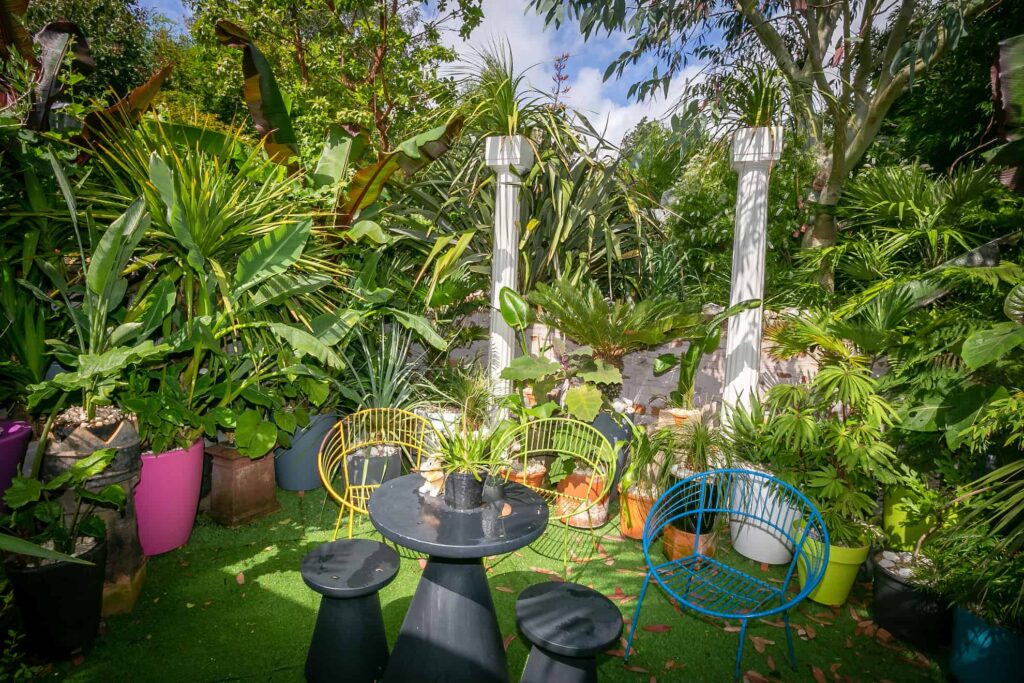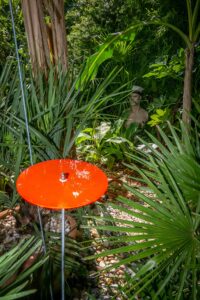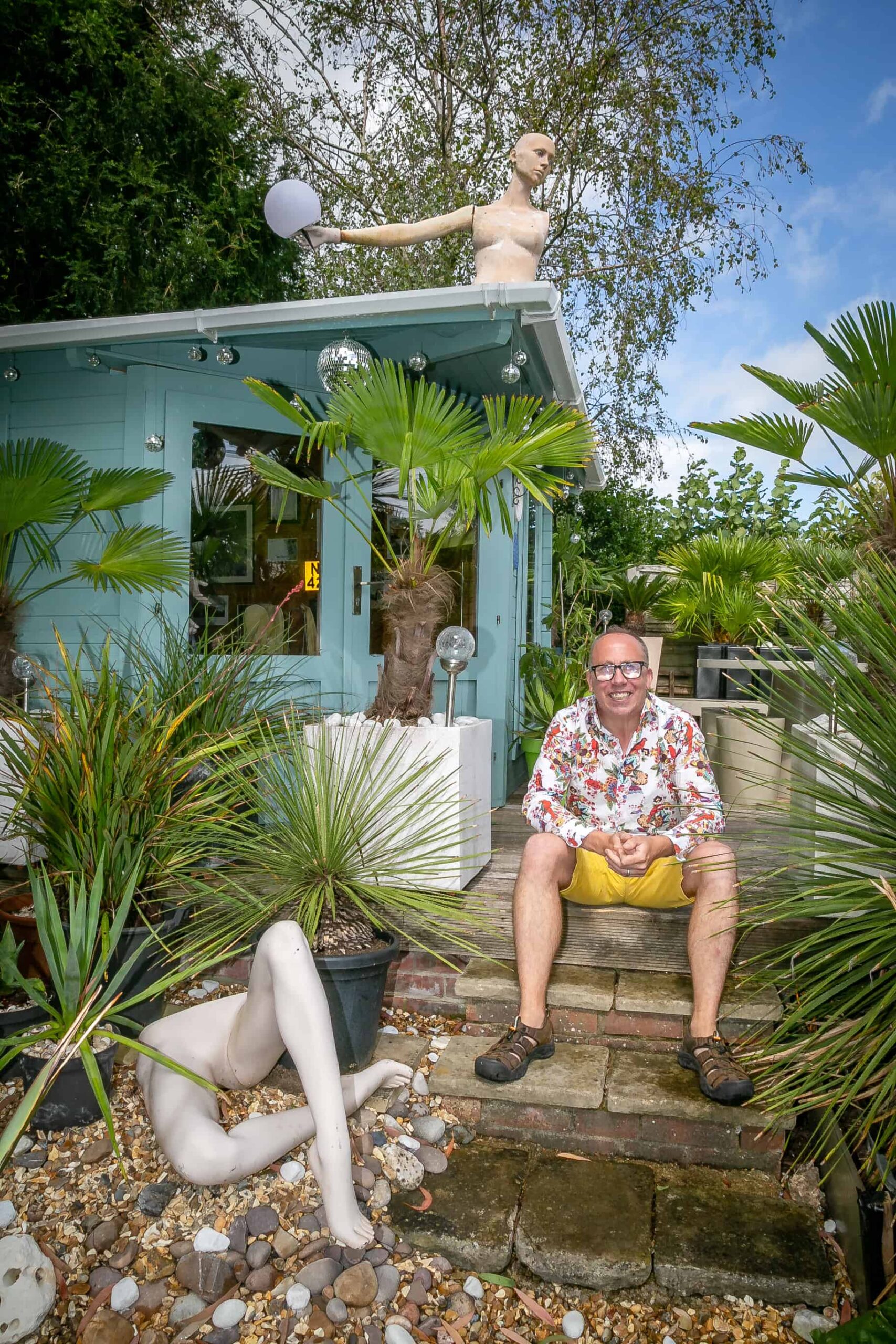Community header template
- Home
arrow_drop_down
- News
arrow_drop_down
- What’s On
- Local Information
arrow_drop_down
- Community Groups
arrow_drop_down
- Business Support
arrow_drop_down
- Advertising Rates
- Business Networks
- Akin Arundel
- Arundel Chamber of Commerce
- Consultants, Admin Support & Office Space
- Film Location & Production Support
- IT & Technical Support
- Legal, Financial Planning, Accountants And Insurance
- Local Publications And Media
- Marketing, Printing & Digital
- Business Newsletter
- Local Directory
arrow_drop_down
- Estate & Lettings Agents & Architects
- Health, Beauty & Wellbeing
- Home & Gardening Services
- Legal, Financial Planning, Accountants And Insurance
- Photographers, Fashion & Lifestyle
- Retirement, Care & Funeral Services
- Travel, Holidays & Languages
- Tradesman, Builders and Property Services
- Vehicle Repairs, Storage, Hire & Taxi Services
- Weddings, Events & Entertainment
- Contact
A Profile of Darrell Gale

Published Autumn 2021, by Gill Farquharson. Cover Photo: Nigel Cull
WHEN Darrell Gale met his husband, Simon, he recalls ‘the first time we met that was it. I think it was love at first sight. It was just knowing- this is it- absolute soul mates. Simon is quieter, more sensible, and less wilful than me!’ They had their Civil Partnership at the Town Hall in 2012, celebrated with a high tea featuring 25 different types of cake. This was then followed by a wedding, once they were allowed, ‘and 1000 days after the Civil Partnership we got married. We went to the Registry Office in Chichester and had lunch at Amberley Castle and the next day we had a party with more cake!’
The garden is their passion and consumes most of their spare time. Darrell also specialises in architectural photography and has exhibited in five Festival Gallery Trails in the past. Although he swims most days in the sea or the Lido, the garden is all consuming and a marvellous sanctuary. ‘I call it off grid – the phone is in the house, no calls or emails, and I’m out here losing track of time. At this time of year I can come out here at 7.30am, start work, miss lunch and carry on till 9.00pm.’ The recent Open Garden event meant even more work than usual. ‘We’ve no idea what people will make of it – will they get our sense of humour with all the body parts?’ On a wet Sunday in July, 61 people turned up to view the garden. I don’t know whether they did get the sense of humour but they couldn’t help but be amazed by this extraordinary, stunning suburban garden.
Darrell was born in Dartford and his parents lived in Swanley. He recalls it as ‘an interesting place – you didn’t realise the variety of people there. It was a real mix but at that time there was no ‘them and us’ mentality.’ Although he passed the 11 plus, Darrell turned down his place at the local Grammar School to attend Dartford Technical High School. ‘I really wanted to be an architect.’ Really? ‘Oh yes-it came from Lego – I was absolutely mad about Lego and obsessed with building bridges. I built a working Tower Bridge out of Lego. At about 7 or 8 I understood what an architect was and just wanted to be one. My father worked in Engineering Services for the GLC so he was involved in building Thamesmead and he took me with him so I could see how the buildings worked.’
After school he decided to go to Portsmouth Polytechnic as it was then, ‘because the RIBA said it had one of the three best architecture courses in the country. It was very theory-led which was a surprise. There was also the biggest thing I had to learn- how to talk what often seemed nonsense without drawing breath! If you put your work up for a critique and allowed the tutors to jump in, they would pull you apart – and they were absolutely savage – so you had to keep talking I’d never experienced that sort of thing before.’
At the end of the three year course however, his enthusiasm for architecture had waned. ‘I still loved the subject, but I hated architects by the end of it! It was partly the savagery of the tutors but also at the time there were a number of different styles and I didn’t see where my ideas fitted in – it seemed to me it was style for style’s sake. I wanted to improve things for people, there’s nothing better than seeing a problem in society, in a town or city, or in a building and saying ‘that needs to be different for people to enjoy it and live in it. I realised that very few people were interested in that at all and if they did, they were considered bonkers by other architects. Also when I graduated in 1992 it was almost impossible to get your year’s placement that you had to do before returning to finish your studies. It was the lowest point in European construction for 150 years – you couldn’t even work for free. I couldn’t afford to do that.’
Darrell had a serious desire to help people. ‘At university I was involved in the Nightline service, the student equivalent of The Samaritans, and through that I founded the country’s first government funded rape crisis centre for men.’ Darrell had come out as gay in 1990 and that was the height of the HIV crisis so, as well as the rape centre ‘I got involved in HIV prevention work – visiting clubs, distributing condoms and information. I got a lot out of these services and so my first job was with Social Services in Hampshire – running a research programme to look at the needs of people living with HIV and AIDS.’
In 1994 he moved to Yorkshire to take the role of Outreach Organiser for MESMAC, one of the oldest and largest sexual health organisations in the country for gay men, marginalised races, people misusing drugs, sex workers and LGBT+ young people and adults. His role involved outreach work in parks and public spaces, running support groups and services for people across Yorkshire. He stayed five years and obviously enjoyed the freedom his remit gave him.
In the end however the northern winters ‘which start in September and go through to May’ got to him and he moved to Birmingham to start a new project, Healthy Gay Life, to work on HIV prevention amongst gay men – they had tried unsuccessfully in the past so Darrell saw it as a real challenge. He built the team and set up the programme which ran for 12 years. He only stayed for two of those but everything he set up lasted 10 years which he thinks is a very good legacy. During that time it developed out of just ‘condoms, leaflets, testing and clinics and into other areas such as work experience, educational status, housing, jobs and all of those potentially discriminatory factors.’
Indeed it was those issues which he believes have much more impact on people’s wellbeing and their mental health. ‘Housing, overcrowding, being born into a homophobic environment, domestic violence – all those things have much more impact on someone’s mental health than if someone could get an HIV test or have access to a condom. And if their mental health is poor, they don’t value themselves and are prepared to take risks with their lives.’
‘So I started to get very interested in the wider public health issues and saw a job advertised in Horsham for the District Council and what was then the Primary Care Group. I wanted to move south again so I thought I’d apply and surprisingly I got it!’ In 2001 Darrell moved to Arundel and bought a house on Ford Road, moving in the week before the Festival. Setting up the house in the first week he then spent the second enjoying the Festival.’
He loved his role as Health Improvement Manager. One of the first issues encountered in Horsham was the harm caused by older people falling over. ‘You don’t realise that when you are elderly and you fall over if you aren’t found for a couple of hours you’re quite likely to die or never regain your independence. The evidence was there but the services weren’t – ambulance personnel would pick them up and put them back into bed never examining the underlying causes – be it medication, type of footwear, foot problems, early onset dementia – these issues weren’t examined.’
It was an eye-opener being in both the Council and the NHS – ‘I could see that most of the work you needed to do was in the Council not the NHS. It was leisure and youth services, education, parks and open spaces, cycling to work initiatives, clean air, housing, planning – health was just a hospital.’
In 2002 non-medics were allowed for the first time to train in Public Health. He applied, underwent a gruelling interview procedure and got onto the scheme. ‘Then the challenges really started – taking exams for the first time in 19 years! Training was fantastic because it was a new opportunity. I had already registered for an MSc in Brighton at the new Medical School and then I did two years in Lambeth including time at the Health Protection Agency as was and then after that I did a year in West Kent in the Chemical Hazards and Poisons Division of the Health Protection Agency.
This Division was led by Professor Virginia Murray. ‘She was a complete one-off, trained as a poisons expert, she understood there was wider environmental issue to understand. Climate change and flooding for example.’ There was a lot of thinking around the built environment there – and his architecture background was of great interest to her. It’s all about the adaptation of cities and buildings to climate change- flood issues and heatwaves for example. In this country flooding very rarely kills people, but the mental health issues around it are huge. In Lewes for example there were pupils in school who had to go home if there was a bad rainstorm. In the floods in 2000 they had gone home to find it in ruins, so for many, heavy rain meant they had to check if their homes were OK. This is one reason why we should not build on flood plains.’
Having passed all the exams he needed, Darrell completed his training in September 2010 just as the coalition government announced that Public Health would move into local government. Although his fellow registrars hated the idea, Darrell welcomed the move. He just wanted a job as a consultant working for someone sensible and that is what he got in Wiltshire working for Maggie Rae who was the Director of Public Health, (now President of the Faculty of Public Health). A formidable boss, she was already doing the job of Director of Public Health jointly in both the Council and in the NHS. She had control of environmental health; licensing; emergency planning; data, research; trading standards – a big local government department as well as the NHS department. ‘I did two years there and it was just the best thing I could have done because it was a baptism of fire; but it taught me how you have to work in local government- how you have to make things happen. But Maggie would be robust in her feedback’ he laughs, ‘but it was always from the desire to encourage you to be the best you could be. It was never a place to take offence, it was a learning. I’m a huge fan of Maggie and she’s been a very, very good friend. She was the one who said, ‘You’ve got a Director of Public Health in you Darrell, go and do it!’
His next move to Wokingham, where he was Head of Service – Public Health, all but took him there. ‘We shared a Director across six councils. So it was very autonomous. Like Horsham, it was an area that was in a relatively healthy and wealthy place but one that had the vision of the breadth of public health. I took on managing the leisure department, so swimming pools and leisure centres, and a leisure development team delivering a range of programmes to older, younger and disabled people to get them active and also they were a council that were really big on development. The authority had won the election on a development platform. They needed to build 15,000 homes and they had planned it very carefully to take people’s health into account – ‘so I immediately sharp-elbowed my way into the Infrastructure Board who were overseeing all that development and making sure public health was involved in every decision – green space, the way the houses were positioned, type of roads built, play equipment, the relationship between old and new development, pathways and cycle ways’. There is inevitably conflict between developers, planners and those in public health whose efforts cost additional money developers are unwilling to pay. ‘As a result it could be a bit combative and it was also somewhat ground-breaking, as there weren’t many people working on the two agendas – there are now thankfully. Hence the sharp elbows – I needed to be at the top table helping to make the decisions.’
In his last year in Berkshire he was acting as Director of Public Health across all six authorities and then he saw the dream job of a Director of Public Health on the south coast. ‘I’ve been here for three years. Even before Covid, there were major issues. Health inequalities – there is a near 17-year gap in life expectancy between the least and the most deprived places; in healthy life expectancy (which is before you get to the point where you have two or more long term conditions) there are some places where if you retired at 65 you would still have 10 years of healthy life before you had to slow down. In other parts you start having to slow down at 55 – ten years before retirement – and may have to leave work, losing your pensions and retiring in poverty. That is hugely unfair – so putting that into sharp focus was one of the issues.’
‘Secondly coastal health is different; there is huge poverty in the coastal towns. Professor Chris Witty (CMO)’s report on Coastal Health has just been published and Darrell is a contributor to that.’
‘Aging populations are another big issue, not only because of the inherent problems it brings but also of the effect on the young. If you concentrate entirely on older people somebody’s got to pay taxes to fund their care. You need good jobs and good education in coastal places but many of the young leave when they are qualified, and they don’t come back. We have to rejuvenate the coast – you can’t just leave it for older people. ‘
Darrell says we have been preparing for a global pandemic of a respiratory disease – ‘expecting some form of flu but it was a coronavirus. It didn’t quite take us all by surprise but the need for immediate major steps like fast lockdowns and the length and breadth of those steps has been eye-opening as has the acceptance by most of the population. For Simon and I, it was different to most people – as a postman Simon carried on as normal but much busier because we all started ordering stuff. Most staff were turfed out of council offices, but a few of us were still going in, so I was still commuting. When the Kent variant was identified in December though I stopped going in and worked from here. So our experience of lockdown was different for us but the four months I did do at home was a challenge, so I have real sympathy with everyone who did longer.’
The disruption to education and child development are unknowns at this stage. The avoidance of strangers because of the fear of Covid infection ‘is just like HIV. As a gay man in the 90’s you were seen as diseased in a similar way and stigmatised. This was just the same – “I must avoid them, I must look away, they are a danger to me”. Also for some children, school is their only place of safety, so take that away from them and …… The inequalities in our society mean that those with money and advantages in life will get over this better and quicker – they will find a way to make up their children’s education. But poorer more disadvantaged people won’t be able to and will face much bigger problems. My challenge is to prevent this difference.’
Chairman of the Community Land Trust
Darrell has always been involved in something to do with Arundel. He was a Deputy Trustee at the Lido and helped to get that re-opened. Then there was FRAG – the Ford Road Action Group – which aimed to restrict the HGV and traffic use on Ford Road. When the Neighbourhood Plan came up for a second time there were a number of pressures on Arundel and Darrell says ‘I was keen to help get the town’s plans to be right by the town. There are a whole lot of people in Arundel who don’t want anything in Arundel to change and, while I think that’s really understandable, change is our only constant. In the twenty years I’ve lived here there’s been almost no growth in housing- probably only Bevan and Bevan. But there had been a long history of development previously ending with Penfold Place in the 90’s. Every previous decade there had been new houses built but after 2000 it stopped. Yet there is a growing population and many pressures on housing from second homes to the loss of council housing. Arundel families can’t afford to stay here and there are no affordable homes, so you lose the energy from those young people. I became involved with the Neighbourhood Plan and there was a development proposed for 300 houses on the (Ford Road) field and everyone was horrified. But there was an opportunity to shape that and make it all a lot less horrific. I also knew that whoever put in planning for that field would have won – if not at first attempt, certainly on appeal. Knowing that reality of the planning system meant I knew we had to work within the system rather than fighting it. Part of the Neighbourhood Plan was to establish a Community Land Trust and I really ummed and aahed about getting involved but got strong armed into it and it’s been very successful. We’re working with the Estate – their development partners Savills, Arun District Council, Astor Homes- who are our social housing provider of choice – and trying to shape something that will be sustainable for the town.
I understand the objectors because obviously in an ideal world you wouldn’t build on green fields yet in this town there are very few other sites left for controlled development which aren’t either South Downs highly protected land or major flood risk. That risk isn’t just from over-topping but also from loss of soakaways – so you build houses on soakaways and their neighbours flood.
We just had the Planning Committee meeting today (21st July) and the development on Ford Road has received its outline planning consent. I really get the opponents arguments but if it hadn’t gone ahead, we could have had 300 horrible houses on that site just like you have in other towns around here. The hard part now is the design: I know Earl Henry wants to leave a proper legacy as his family have always done. You can laugh and joke about the feudal nature of Arundel but the reality is that they take their legacy very seriously and always have. They gave the land and built the Lido for example. They do have a strong social outlook while there clearly is a need to look after their assets and have a serious business base as well. Many on the planning committee described it as exciting – and I am excited but I don’t want to be excited at the expense of people who don’t yet see this as a positive but just as a negative. Had I not been involved because I know the way the system works, I would have been out there protesting as well.
People know my views of the other controversial development issue in Town – the A27 bypass. So that’s a conflict for me – most people are either for or against both – but I’m only for the development in Ford Road.’
Photography by Nigel Cull


